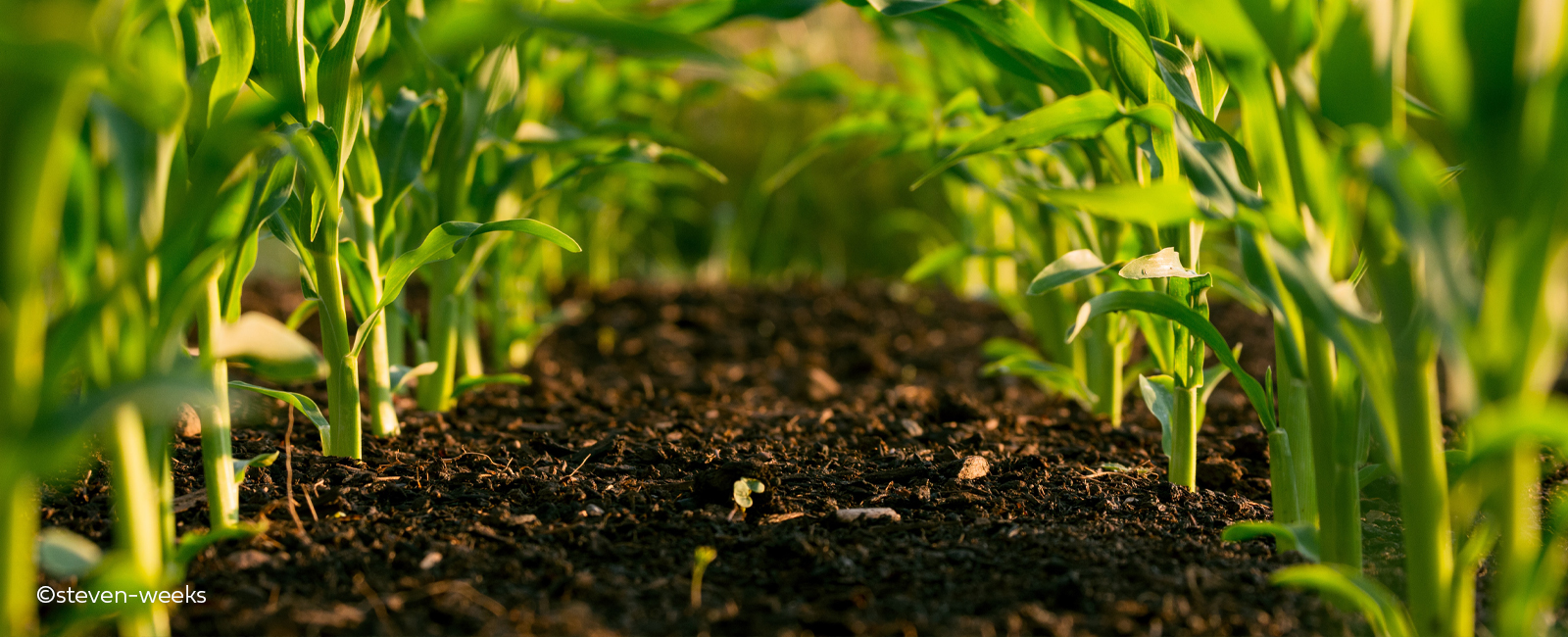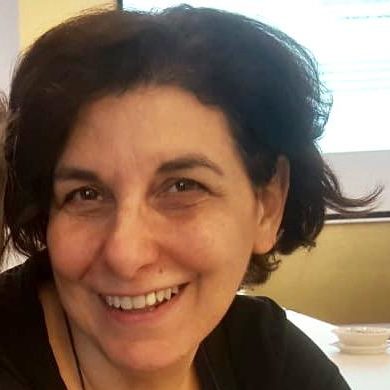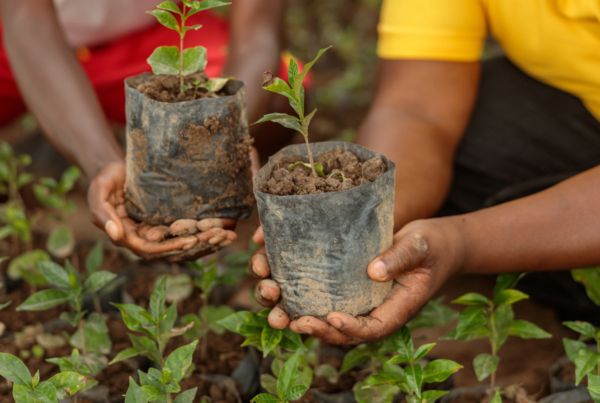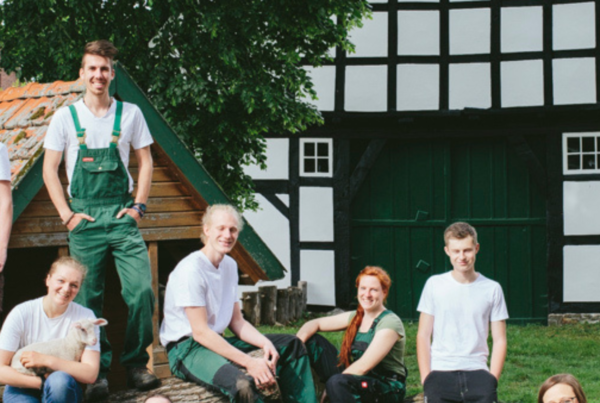You have been very active in the organic sector for a long time and it is fascinating what you have achieved so far. May you please share your organic journey with us?
Between 1997 and 2018, I got involved in every single aspect of organic agriculture, by intent and by default. As a Senior Officer at the Food and Agriculture Organization of the United Nations (FAO), I had lots of freedom in setting my work agenda but also a lot of policy and financial constraints in advancing the organic agenda. First, my efforts were geared to seek policy-makers’ acceptance of the organic option for sustainable agriculture: Bernward Geier, then Director of IFOAM – Organics International was a significant lobbying ally when we had inter-governmental events. Second, I turned to normative work and Gunnar Rundgren, then President of the organization, was crucial in the FAO/IFOAM/UNCTAD ten-year long project looking into harmonization and equivalency of organic regulations. Along with a fantastic global network of like-minded people, we organized international thematic conferences in FAO, such as organic seeds in 2004, or food security in 2007.
We also fostered public-private alliances, such as the Round Table on Organic Agriculture and Climate Change, or the Organic Research Centres Alliance in 2009 that allowed pooling knowledge resources. With more governments getting interested with organics, FAO started investing its resources to respond to requests for technical assistance from all over the world to build national organic systems. In countries, with farmers, NGOs and practitioners, the organic community was very helpful in building knowledge and bridges. In brief, I mediated a global process that heightened the organic agenda.
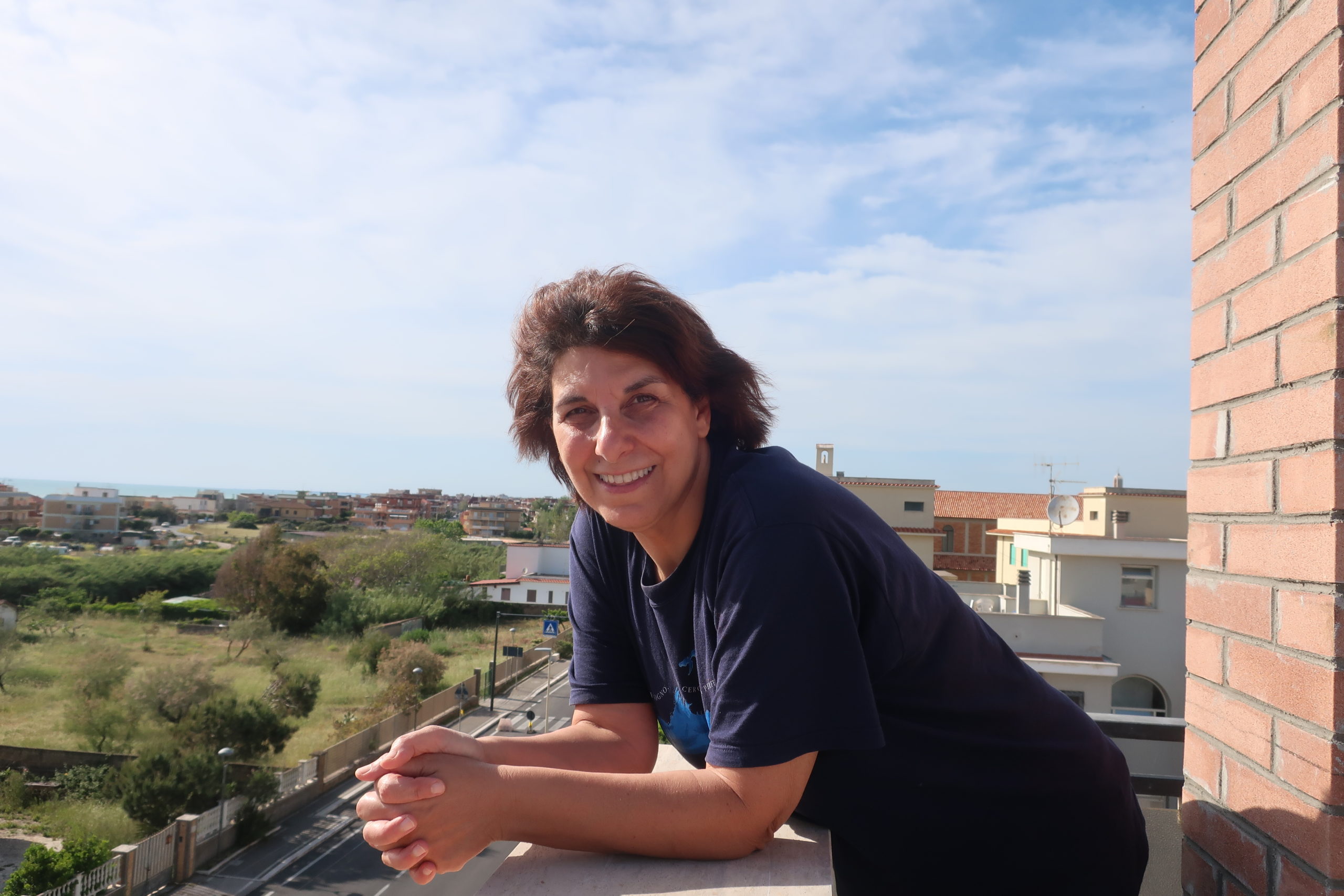
Nadia El-Hage Scialabba
That is absolutely impressive and it is inspiring to see women like you putting important issues of sustainability on the forefront of international dialogue. How did you get involved in organic?
I served as an ecologist at FAO in Rome, Italy, for over three decades. In the mid-nineties, the Director General of the Organization wanted to focus only on Food for All, so I picked-up organic agriculture as my priority theme, as it is in my view the only way to produce food without damaging the environment. In the beginning, I knew very little about agriculture and more so, organics, so I invited IFOAM – Organics International and FiBL colleagues to give our staff a training workshop.
Subsequently, thanks to formal and informal partnerships with the global organic community, I was able to steer the boat in the right direction and have organic agriculture recognized unanimously by the 192 FAO member countries in 1999. From there on, I have been leading the FAO Priority Area for Inter-Disciplinary Action on Organic Agriculture, including policy, normative and technical work all over the world.
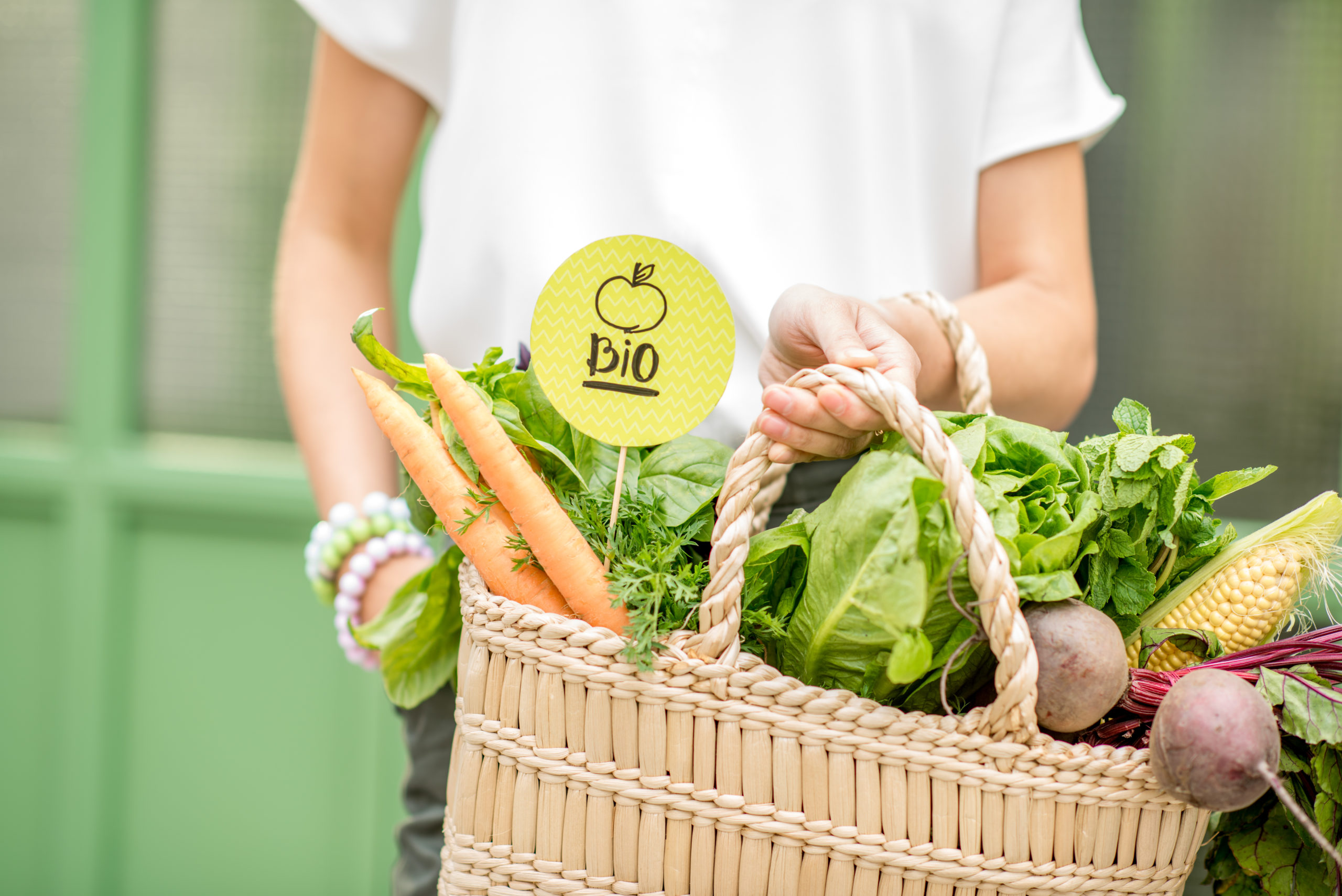
FiBL recently together with IFOAM – Organics International and BIOFACH, launched The World of Organic Agriculture yearbook
It seems like you have garnered a wealth of knowledge in your work towards promoting organic. In fact, you recently published a book called “Managing Healthy Livestock Production and Consumption”. What prompted you to write this book?
In 2012, I commissioned FiBL a study to see if organic agriculture could feed the world population in 2050. We used FAOSTAT data and developed scenarios for providing 3028 Kcal/person/day to 9.2 billion people, without creating any negative impact on the environment. In this process, it became clear that the main factor that determined the feasibility of such a scenario was animal feed. By adopting a food-not-feed strategy, we found that organic agriculture could indeed feed the world without needing more land, nor emitting GHG or other pollution. This result sharpened my curiosity and we continued working on livestock models, as well as on grasslands. While FiBL was doing the scientific modeling, I created an FAO platform for sharing views and experiences, which included a database of best livestock practices. I intended to use all these resources for an FAO publication on low-external input livestock landscapes but my livestock colleagues, who promoted industrial systems, opposed my initiative. At that time, I was battling (as usual) on the organic front and did not feel like opening another front. Luckily, when Elsevier approached me in 2020 for writing a book, I engaged in writing this book.
Speaking of the said book, would you mind sharing what it is about?
The book covers all major types of livestock systems, from factory farms to pastoral systems, to make the case for low-external input systems, with grass-fed organic systems being the most performing systems, for both ecosystem and human health. The answer to most questions, from climate change to global health security, depends on how we care for livestock. For instance, the qualities brought by a cow depend on how the animal is raised, as the lipid profile of animals raised on grains or on grass will differ immensely in terms of health outcome on consumers, as well as on the ecosystem’s carbon balance. The section on health demonstrates how animals and humans’ health is intrinsically linked throughout animal production, food preparation, and diet composition. The central part of the book demonstrates the vital role of properly grazed grasslands for all life on Earth. For instance, holistic planned grazing is shown to counteract climate change, water scarcity, desertification and biodiversity erosion, while building on local resources and indigenous culture. The book also includes 11 case studies of low-external input systems from around the world, selected from the database I had created at FAO, and which were expanded by the authors for this book. In line with my life-long inclination towards co-creation, let me add that the book also contains chapter contributions from organic friends, including André Leu, Gunnar Rundgren, Otto Schmid, Barbara Fruh and Florian Lieber, as well as Joel Salatin and Gregory Lazarev.
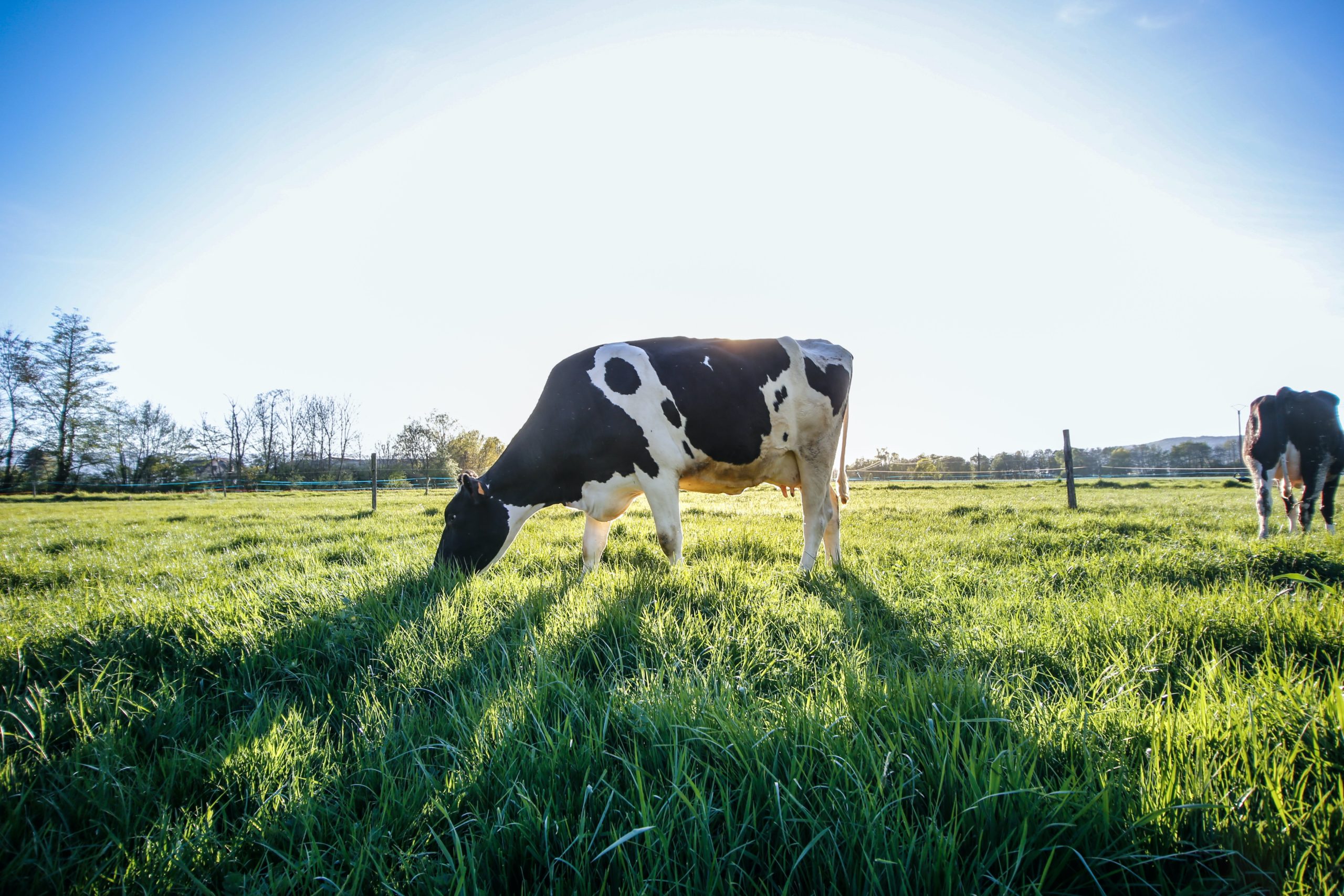
The book Managing Healthy Livestock Production and Consumption is available for download © Flash Dantz
With so many brilliant contributors that worked with you in making this book a reality, what is the use of such a book to those advocating for sustainable policies?
While providing a wealth of information to fill current knowledge gaps on production and consumption of animal foods, the book purposely does not address policy actions, because decisions need to be first informed. By unveiling, through both scientific evidence and empirical experiences, the hidden virtues of integrated and grass-fed systems of different forms – such as pastoral, organic, biodynamic and holistic planned grazing – it is hoped that readers will be empowered to make choices that sustain nature and health, in the face of increasing interest in synthetic animal proteins and the disaster that is looming on the expansion of such a trend. While readers may be overwhelmed with too much information, the last chapter of the book offers a full-cost accounting framework that summarizes all pros and cons of livestock systems in terms of their contribution to livelihoods, ecosystem services and food sovereignty. I hope that at least, the book will assist readers asking the right questions before embarking on determined pathways.
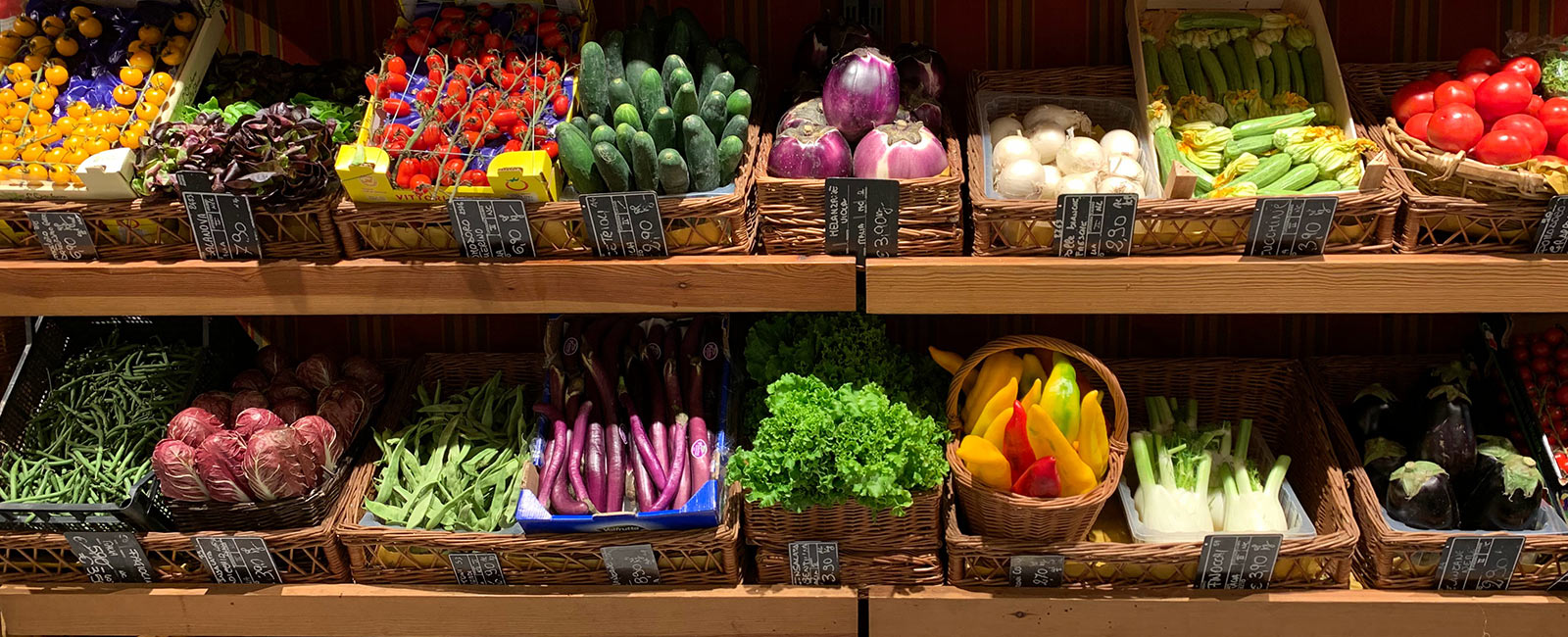
To read more on the topic of full cost accounting, visit our blog story on the topic
These are definitely topics that IFOAM – Organics International engages with on a daily basis. Speaking of the organisation, you are actually an ambassador of IFOAM – Organics International. How does your role compliment the work you do?
I do not see a separation between what I do and what IFOAM – Organics International does. We have the same ethics and we simply join forces. I am always happy to assist the organic mission, before, now and after. Currently, my heightened involvement in biodynamic agriculture would hopefully facilitate more cross-fertilization between the organic and biodynamic movements in meeting the challenge of circular food economies. I would definitely take this opportunity to acknowledge Cristina Grandi, who has been my FAO ‘partner in crime’ over two decades.
We are absolutely proud to have an amazing team of people like Cristina Grandi representing organic on the global platform. Following the same line of thought, why are organizations like IFOAM – Organics International important?
Let me give you just one example to illustrate my conviction on the crucial relevance of IFOAM – Organics International for all organic operators. FAO and UNCTAD invested 10 years of staff-time efforts to advance organic equivalency, along with IFOAM – Organics International. But both Ulrich Hoffman of UNCTAD and myself retired and both our organizations forgot about that work, as organizations’ priorities normally change over the years. However, IFOAM – Organics International, despite its staff turn-over, keeps carrying COROS (Common Objectives and Requirements of Organic Standards), which is a fruit of our cooperation. The fact that IFOAM – Organics International is mandated to advance the organic agenda is not nothing, believe me.


